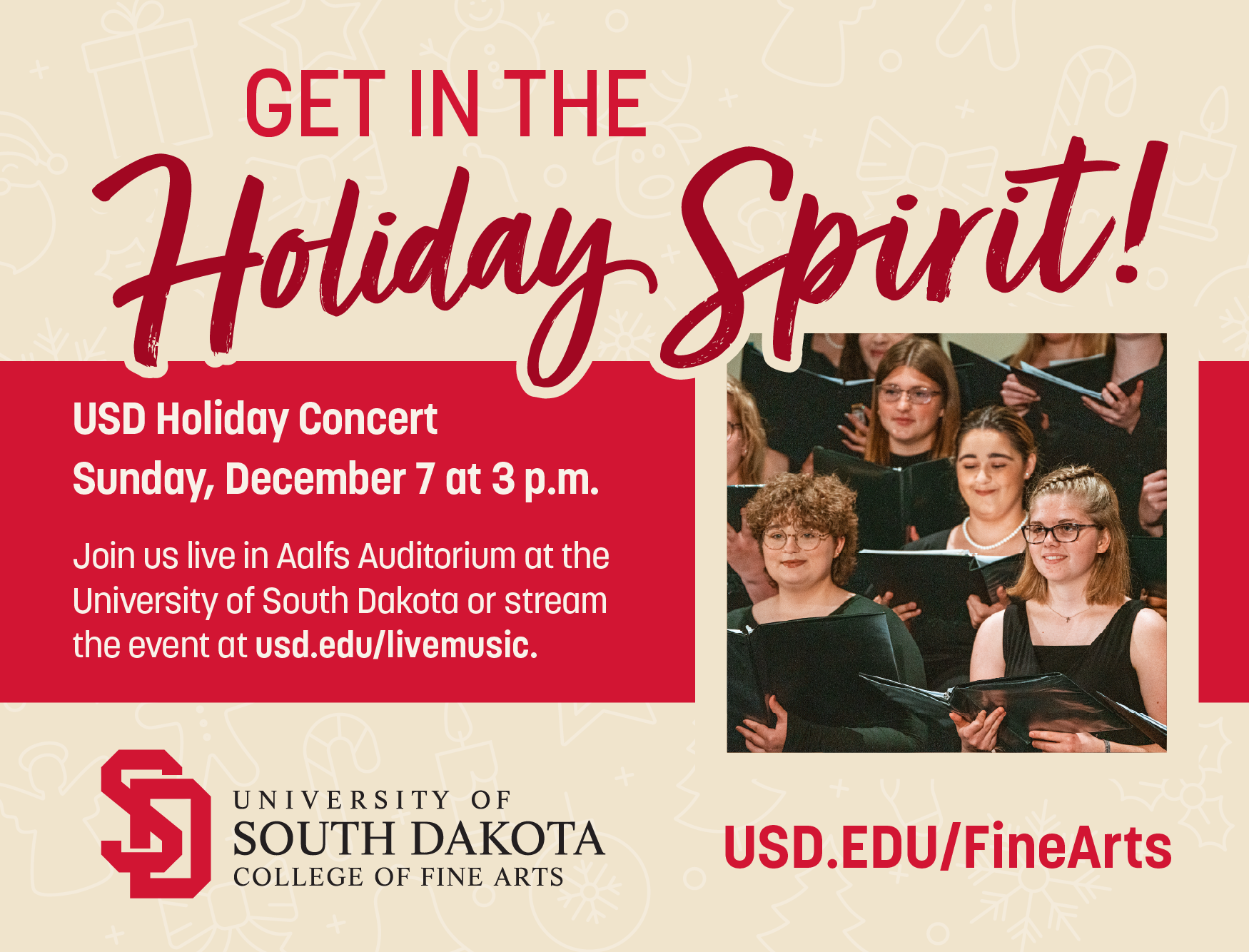Written by Anna Vorhes
BORN
February 23, 1685 (as George Frideric Handel) in Halle, Germany
DIED
April 14, 1759. London
INSTRUMENTATION
two oboes, bassoon, two trumpets, timpani, harpsichord and organ, strings, 4-part mixed choir, and four vocal soloists (soprano, alto/mezzo-soprano, tenor, bass)
COMPOSED
Between August 22 and September 14, 1741
WORLD PREMIERE
April 13, 1742, conducted by Handel at Neale’s Music Hall in Fishamble Street, Dublin. The soloists included Christina Maria Avoglio (or Avolio), Susanna Maria Cibber, Mr. and Mrs. Maclaine (a London organist and his wife), and various singers from the Christ Church and Saint Patrick’s Cathedral choirs in Dublin
DURATION
about two hours
SOMETHING TO LISTEN FOR: Handel was a master of a technique called word painting. For example, when the words the choir sings speak of mountains the pitch is high. When they sing of valleys the pitch is low. There are many other examples of words turned into music. Since Messiah is sung in English, you may find this word painting very entertaining to follow. It adds to the power of the work.
NOTES
The invention of opera in the early seventeenth century brought virtuosic singing with orchestral accompaniment into the realm of anyone who could afford a ticket. Opera houses were public places, open to anyone. They afforded fine music to entertain the connoisseur coupled with amazing spectacle to entertain less developed tastes. Plots offered settings of traditional mythologic stories and ancient history, with all the complexity that we associate with these convoluted tales. Since opera had been invented in Italy, the language was always Italian as the genre developed. Handel came to London having studied in Italy and brought with him the style of the opera and imported singers to impress the English crowd who had already come to love opera. Opera was the blockbuster of the time…. until the competition became very fierce. There were too many opera houses for the attendees to support, and then John Gay presented The Beggar’s Opera which was sung in English and included REAL people, not gods and goddesses. Public taste changed. Handel’s fortunes declined.
On the other hand, there was a new genre, the oratorio, that appealed. It was less expensive to produce since it required no costumes, props or scenery. In addition, the plot was a Bible story, avoiding conflict with the church about drawing attention to mythological gods and goddesses as detrimental to Christian health, especially in the penitential seasons of Advent and Lent. Handel found inspiration and success in the stories of Esther and Samson among others.
Charles Jennans, Handel’s librettist, collected the story of Christ’s life for his partner to set as an oratorio. He chose not only gospel verses, but instead used prophecies from the Old Testament, explanations from the Epistles and even verses of the book of Revelation. The words were well chosen, and Handel set them in a remarkably short time. Jennans wondered if the effect might have been better had the composer taken more time with his work. Today we look back and wonder how this perennial favorite could ever be improved. Handel did revise the work during his lifetime, often to accommodate particular singers for specific performances.
This oratorio is unusual because the soloists do not become characters in the story. They offer descriptions and are less important than the chorus overall. Indeed, the chorus is much more important than it was in Handel’s previous works. The church fathers of Handel’s day recognized that this was a powerful presentation of their most important information. The argument became whether something this sacred in aspect was appropriate to the opera house or whether it should be in the sacred spaces of churches and cathedrals.
Among the techniques Handel uses in Messiah to draw us into the story is the pastoral nature of the symphony introducing the shepherds at Christ’s birth and later in “He shall feed His flock.” The orchestra imitates the sounds of bagpipers, pifferari. We are invited to contemplate the rural setting of the birth of Christ without extraneous words to direct us. This reference to rural Italian culture is joined by references to German chorale writing. “Hallelujah” is one of the choruses that could be transplanted into a German cantata and feel at home to listeners. The form of da capo aria familiar to Baroque opera goers is put to good use in some of the solo arias. The form offers ABA form, with the vocalist invited to ornament the return of the A theme in order to enhance the meaning of the text and highlight the skills of the vocalist.
Word painting is offered with the unparalleled skill of the master, Handel. If one follows the text, there are subtle and blatant examples of using the musical elements to create the meaning of the words. “Every valley shall be exalted” exalts with ever more complex melismas, vocal fireworks. The music makes the “crooked straight” and the “rough places plains.” In “All we like sheep” when sinners are led astray polyphony allows us to experience the meandering of sheep on their way into mischief that plagues shepherds as sinful humans might be considered to plague the Lord. “Glory to God” has the sound of angels singing in high and strong pitches with “on earth” being presented in low pitches emphasizing the difference between heaven and earth. And a trumpeter comes forth to share a duet with the vocalist in “The Trumpet Shall Sound.” The use of word painting is skillful, not ever descending to cheap tricks, but offering an experience of the libretto that has touched listeners through the years.
According to a Handel society website (www.gfhandel.org), Jennens presented this explanation of the work at the London premier, dividing it into three acts:
I (i) The prophecy of Salvation; (ii) the prophecy of the coming of Messiah and the question, despite (i), of what this may portend for the World; (iii) the prophecy of the Virgin Birth; (iv) the appearance of the Angels to the Shepherds; (v) Christ's redemptive miracles on earth.
II (i) The redemptive sacrifice, the scourging and the agony on the cross; (ii) His sacrificial death, His passage through Hell and Resurrection; (iii) His Ascension; (iv) God discloses his identity in Heaven; (v) Whitsun, the gift of tongues, the beginning of evangelism; (vi) the world and its rulers reject the Gospel; (vii) God's triumph.
III (i) The promise of bodily resurrection and redemption from Adam's fall; (ii) the Day of Judgment and general Resurrection; (iii) the victory over death and sin; (iv) the glorification of the Messianic victim.
Handel conceived Messiah as a work suitable for the Easter season. The story begins with the Nativity, but two-thirds of the work concentrates on Christ’s work on earth, His suffering and crucifixion, and His ultimate resurrection. Very soon after the work was written American orchestras and choirs embraced it fully, but moved it to the Christmas season more frequently than Easter. This has become the tradition worldwide. Audiences continue to be moved by this work that is two hundred eighty years old regardless of the season in which it is presented.




